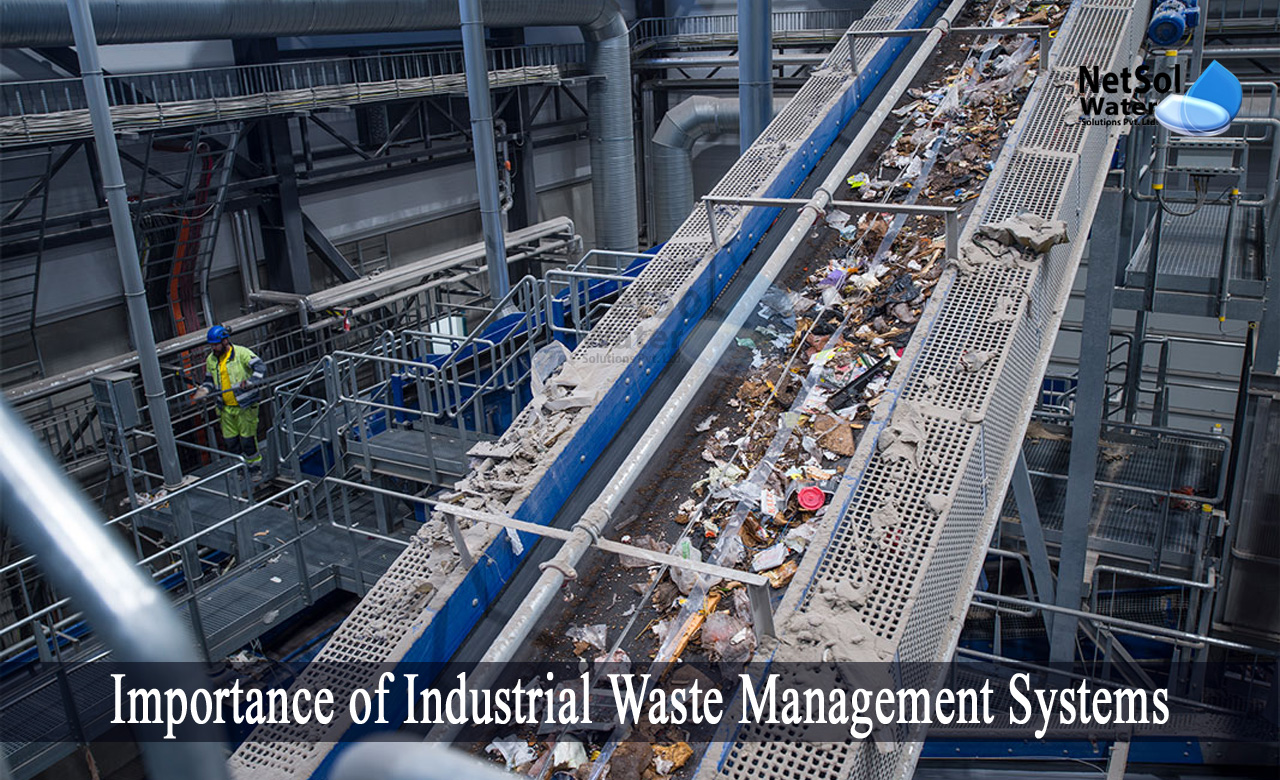Some Ideas on Reclaim Waste You Should Know
Table of ContentsReclaim Waste for DummiesThe Basic Principles Of Reclaim Waste The 3-Minute Rule for Reclaim WasteThe Facts About Reclaim Waste Uncovered3 Easy Facts About Reclaim Waste Shown
Residential sewage waste refers to the waste and products from a domestic septic tank. The correct management and disposal of domestic sewer waste call for liquid waste to be moved to a sewer treatment plant where the proper techniques and devices are applied to detoxify and dispose of waste.
Business waste typically includes potential threats, such as combustible products or a combination of liquid and solid waste items, and calls for a more innovative and detailed disposal process. The disposal of industrial waste typically entails the purification of waste prior to transportation to make sure risk-free and correct disposal. Industrial waste is created from byproducts and drainage of industrial processes and production.
This kind of waste can not use the very same sewer administration transportation or procedures as septic or business liquids. The industrial waste management process needs the evaluation and testing of liquid waste before it undertakes the disposal process (liquid waste removal). Runoff waste is the fluid waste that originates from overflow and excess stormwater in highly populated areas or cities
Runoff waste can create contamination and flooding otherwise managed effectively. Discover more concerning sewage system cleaning and waste management. Ensuring correct waste administration can avoid calamities and decrease ecological damage. Both individuals in household settings and professionals in commercial or production industries can benefit from understanding the procedures and regulations of fluid waste management.
What Does Reclaim Waste Mean?
Contact PROS Solutions today to learn more about our waste administration and disposal services and the proper ways to care for the liquid waste you create.
(https://profile.hatena.ne.jp/reclaimwaste1/)Do you recognize what takes place to your water when you end, flush the toilet or drain pipes the washing equipment? No? Well, it's worth understanding. This supposed 'wastewater' is not just a vital source but, after treatment, will certainly be launched to our land, rivers or the ocean. Utilized water from toilets, showers, bathrooms, kitchen area sinks, laundries and commercial processes is referred to as wastewater.

water made use of to cool equipment or clean plant and equipment). Stormwater, a form of wastewater, is overflow that streams from farming and metropolitan locations such as roofs, parks, gardens, roadways, courses and seamless gutters into stormwater drains, after rain. Stormwater flows without treatment directly to local creeks or rivers, eventually getting to the ocean.
6 Simple Techniques For Reclaim Waste
In Queensland, many wastewater is treated at sewage therapy plants. Wastewater is delivered from residential or industrial sites with a system of drains and pump stations, known as sewage reticulation, to a sewer treatment plant.
The Division of Natural Resources suggests city governments regarding handling, operating and maintaining sewerage systems and treatment plants. In unsewered areas, city governments may require householders to set up private or house sewer therapy systems to deal with domestic wastewater from commodes, cooking areas, bathrooms and washings. The Division of Natural Resources authorizes making use of family systems when they are confirmed to be reliable.
Many stormwater obtains no treatment. In some brand-new communities, treatment of some stormwater to get rid of litter, sand and gravel has started utilizing gross toxin catches. Wastewater treatment takes place in 4 phases: Eliminates strong issue. Larger solids, such as plastics and various other items mistakenly discharged to drains, are eliminated when wastewater is travelled through screens.
Wastewater after that streams into large storage tanks where solids settle and are eliminated as sludge. Oil and residue are skimmed from the surface. Uses small living organisms referred to as micro-organisms to damage down and eliminate continuing to be liquified wastes and great bits. Micro-organisms and wastes are incorporated in the sludge. Eliminates nitrogen and phosphorus nutrients that might create algal blossoms in our rivers and threaten marine life.
Reclaim Waste for Beginners
Nutrient removal is not available in any way sewer treatment plants due to the fact that it needs costly specialized equipment. It is becoming extra typical in Queensland. Clear liquid effluent generated after treatment may still include disease-causing micro-organisms. If this effluent is released right into rivers such as rivers or the sea, the micro-organisms will ultimately die out.

This normally implies wastewater needs to be treated or pollutants eliminated before it can be released to waterways. Many wastewater moves right into the sewage system. Under the Act, neighborhood federal governments carry out authorizations and permits for environmentally pertinent activities (Ages) including wastewater releases that could have a neighborhood effect. The department provides approvals and licences to Ages entailing wastewater releases that may have a regional or statewide influence.
Reclaim Waste Things To Know Before You Buy
Tracking offers accurate info regarding water high quality and can verify that permit problems are being satisfied. The details gotten with tracking offers the basis for making water quality choices.